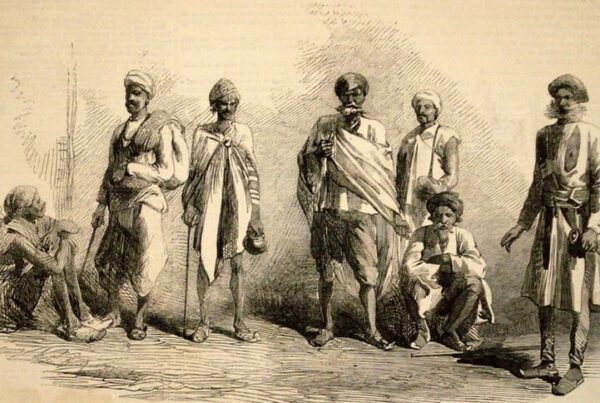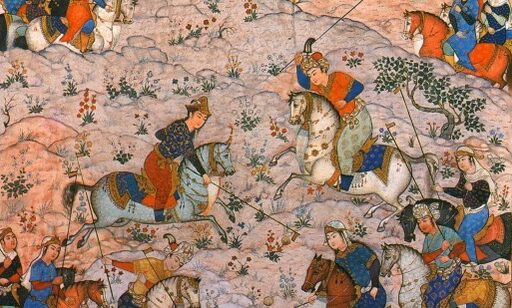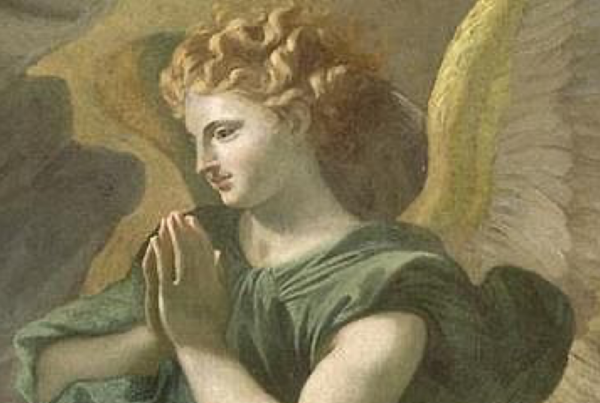In the beliefs of the Kalasha people in northern Pakistan, there exists a special mythological creature known as the ‘White Crow.’ Harbringer of wealth and fertility, it acts as a messenger between humans and god. Though this god, interestingly, isn’t called upon by the names of any deity of the Kalasha pantheon rather by invoked through the name of the Islamic God.
Of the White Crow of Kalasha Mythology.
The Kalasha people refer to their own set of beliefs as ‘Dastur’ i.e. Traditions. These dastur are a complex set of beliefs based on a diverse amount of elements taken from belief systems that neighbored the Kalashas at one point or the other in history. The beliefs are derived from animism, shamanism, local influences, iranic influences, strong Vedic or Proto Vedic influences, as well as influences derived from monotheistic Islam.
The latter influence has come from centuries of interactions with the Muslims. This is to point that certain monotheistic influences have been adopted by them. It is this influence which displays itself grandly in the beliefs of the white crow.
The Kalashas, as well as other north Pakistani ethnicities until quite recently, have various festivals in multiple parts of the year. Of this one of the most important of the Kalashas is the Winter Solstice festival called Chaumos. The most prominent aspect of the Chaumos festival apart from many hymns and prayers and activities, is the supposed coming of the deity Balumain from Nuristan to Kalash Valleys. Balumain is held in high regard and remembered for teaching the Kalasha many important tasks.
It is near the end of this festival that many young Kalasha girls in the village of Guru get together in a temple deep into the night after the clock has struck 4. Some of these girls get to decorating the temple, others sing a very special prayer addressed to white crow.
Though the greater portion of the prayer is related to fertility, here are some verses of it:
“Make us Prolific with offering, come O little Crow.
Show us Happiness upon Happiness, come O little Crow.
Give us wellbeing, come O little Crow
Bring sacrifices of the He-Goats, come O little Crow.”
Deep into the prayer some very interesting verses arise:
“Bring wealth, come O little Crow.
Pray to ‘Allah Pak’ for us, come O little Crow.”
As evident above, the literal name of the Islamic God is used in the prayer. Which begs the question, why?
This is as a matter of fact not an actual prayer to made to Allah, rather a display of the largest effect of monotheism in the Kalasha neighborhood: The usage of Islamic nomenclature and status of a supreme single God. Though the Kalasha pantheon has various deities, it is the creator deity known as Dezau who is often seen by the Kalashas from a prism very close to what us Muslims look at God through. Hence why nomenclature like this is employed. Many other Persian terms used in Khowar by Muslim Chitralis are only employed by the Kalashas to refer to Dezau such as ‘Khodaye’, ‘Pak Parwardigar’, ‘Nigehban’ or names such as Khalik or Malik. These are some of the more apparent influences of monotheism on their dastur.
After the finishing of the prayer all the girls throw cracked walnuts as offerings down the slopes near the temple for the actual crows to come and consume. It is not known if the white crow appears, or ever did in front of the Kalashas of yore. Soon afterwards the men come to the forefront and make their way to goat shed with offerings to chant songs of their own. A song which begins with the verse “A hornless ram roams on the mountain grass -“as they share bread and wine and make their festivities.





Howdy, I think your web site might be having internet browser compatibility problems. When I take a look at your site in Safari, it looks fine however when opening in I.E., it has some overlapping issues. I just wanted to give you a quick heads up! Besides that, great website!
Love the content. keep it up. cant wait for more stories.